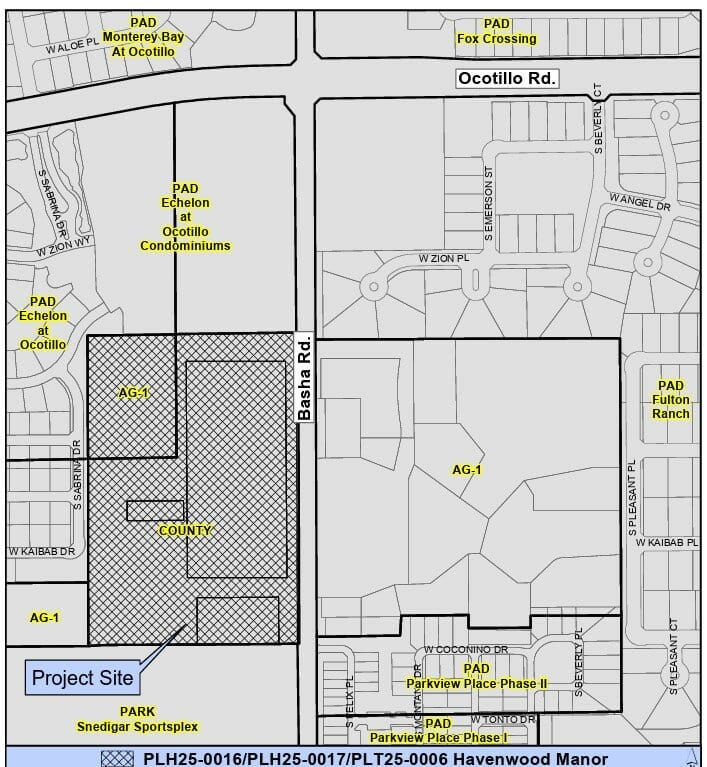
By Ellie Perlman | Forbes
While the term “Opportunity Zones” may sound familiar now, it’s a relatively new term, and plenty of investors still know little about what they are and how to use them to their benefit. Whether you’re considering your first property investment or your thousandth, it’s smart to understand what they are, and whether this is the right program for you.
Opportunity Zones were created as a result of the 2017 Tax Cuts and Jobs Act, and are now in all 50 states as well as Puerto Rico, American Samoa, the Northern Mariana Islands, the Virgin Islands and Guam. By definition, they are distressed areas that now enjoy a federal tax incentive designed to promote long-term investment in those areas that require help rebuilding. Tenants have moved out; buildings and areas are in disrepair. These blighted areas are generally not attractive to commercial institutional investors.
On the other hand, Opportunity Zone investments are attractive to nontraditional investors like high-net-worth individuals, family offices and endowments and others. The core of the program is to encourage investors to reinvest capital gains, which can come from any investment — including stocks, bonds, real estate and partnership interests — into these zones.
“The tax incentives afforded to investors through investments in Opportunity Funds will not, in the vast majority of cases, turn bad investments into good ones. Such tax incentives may move the needle, but prospective investors should treat these tax incentives as an added bonus to such an investment, not the basis for making one.”







